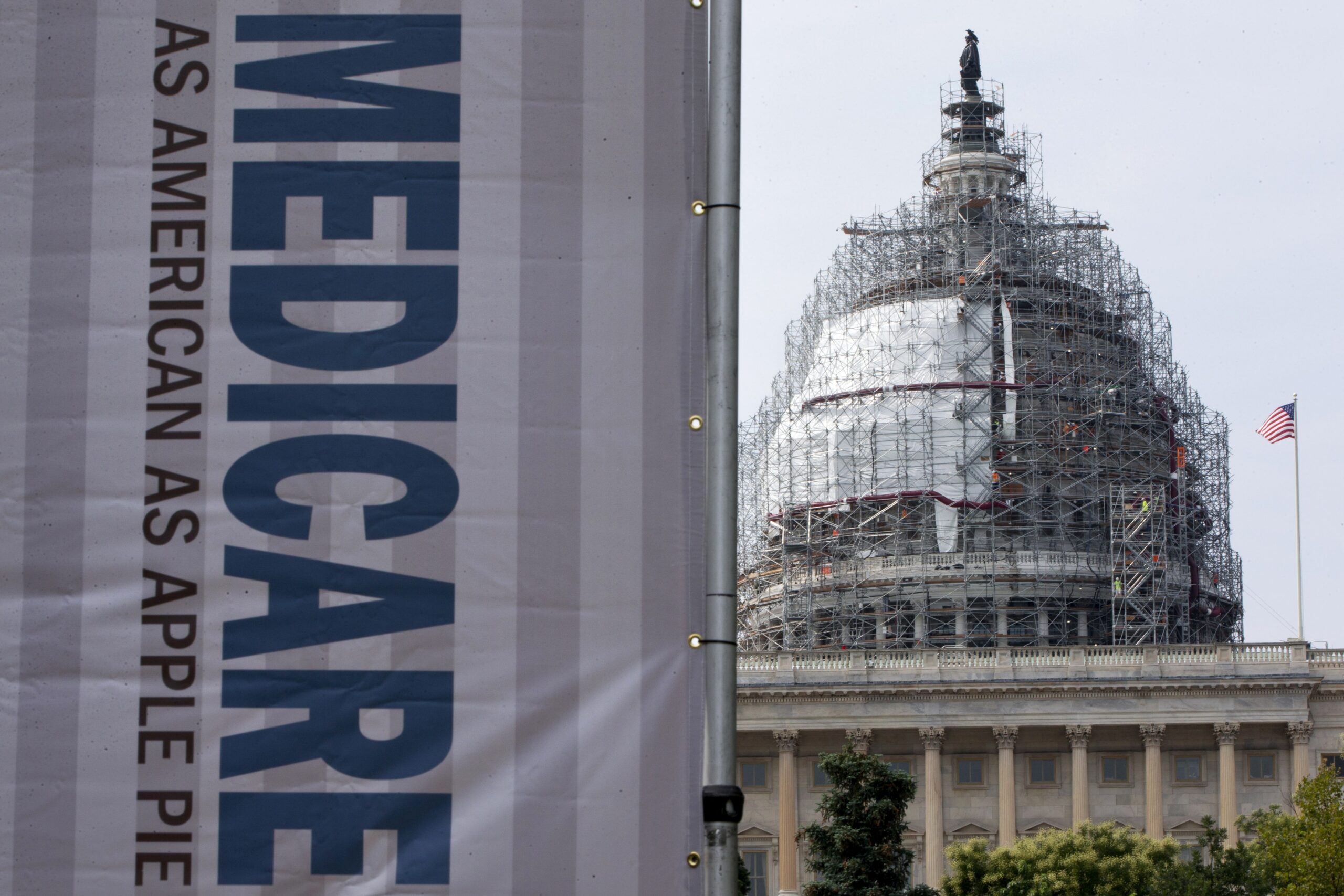The increase in price of the brand name drugs most widely used by senior citizens was up 2.9% in 2020. Although the increase is lower than the last couple of years, it’s still more than double the rate of inflation (currently at 1.3%) and some drugs remain exorbitantly and out of the range of affordability for many seniors. USA Today recently ran a story on Lynn Carfuto, who has chronic lymphocytic leukemia, a disease which is treatable but with a drug that costs $14K per month. The drug has seen an 82% price increase since its release in 2013. She can only afford it due to receiving grants from non-profits. It’s a very sad case when you have a disease which is treatable but the price is so far out of reach.
https://www.pressreader.com/usa/usa-today-us-edition/20210610/282153589220534







